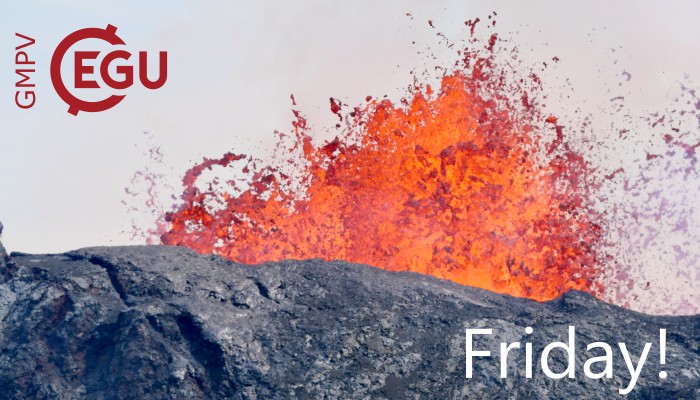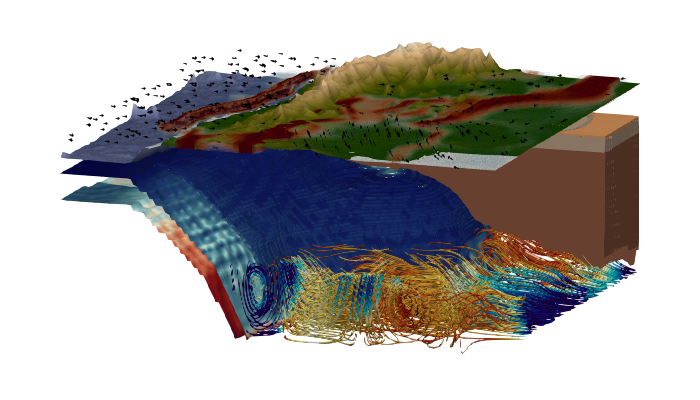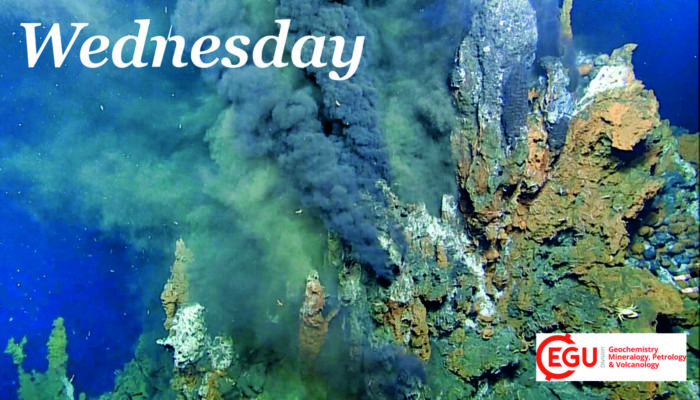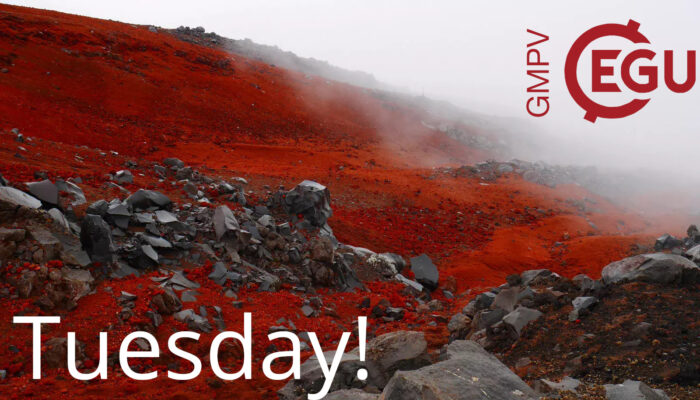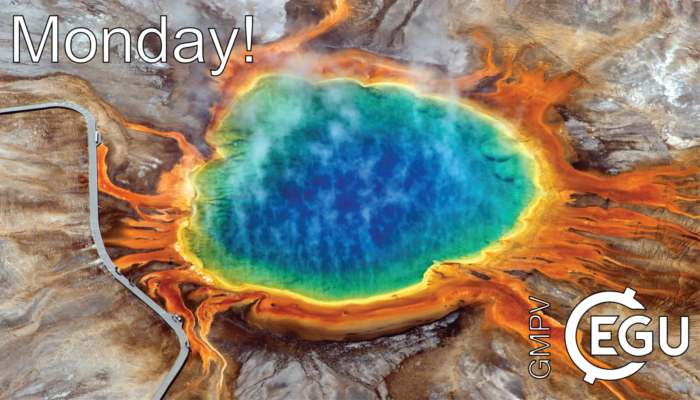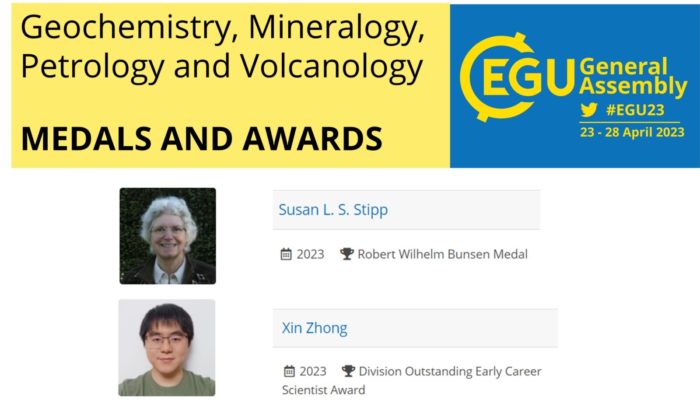It’s Friday and after a long week of conferencing you’re now on the home straight, the final day of EGU 2023! The following are some suggestions for that last bit of GMPV content to to bring your conference to the perfect close: Kicking things off first thing in the morning, there’s a big, exciting session on Volcanic processes: tectonics, deformation, geodesy, unrest with a loads of fascinating p ...[Read More]
Geochemistry, Mineralogy, Petrology & Volcanology
EGU23 Thursday Highlights
It is Thursday, a bit more than halfway through your EGU-GA 23, and there are many interesting sessions, talks and posters to check out! If you are like me and tend to start feeling conference fatigue around this time, you will appreciate some of these highlights. Let me guide you through the Thursday sessions. Usually, about this time, I also take the opportunity to wander around the exhibition h ...[Read More]
Geodynamics
Geodynamic data-driven modelling: bridging the gap between observations and numerical models
Hydrological Sciences
Urban streams can provide water sources for climate change mitigation
With advancing climate change, mitigation measures are necessary to fight urban heat islands. Reactivating urban streams as blue-green infrastructures can contribute to this mitigation, and serve as an invaluable water resource. Urban streams – banned to the underground In urban areas, hydrological conditions have been modified, impacted or completely changed for centuries. Rivers and stre ...[Read More]
Geochemistry, Mineralogy, Petrology & Volcanology
EGU23 Wednesday Highlights
Welcome to the third day of the EGU General Assembly, 2023. Hope that the participants and attendees are enjoying. Let’s start the day with a cup of tea and then enter the Hall. For virtual attendees, we have Gather.town. So don’t miss a single session wherever you are! Anyways, lets have a look on today’s sessions- The first session on “Magmatic, tectonic and hydrothermal ...[Read More]
Geochemistry, Mineralogy, Petrology & Volcanology
EGU23 Tuesday Highlights
Time for the second day of EGU23! Get ready for other amazing sessions during the day! Here are some suggestions, in case you get lost looking at the program: Let’s start with the session Planetary Volcanism, Tectonics, and Seismology at 8.30 am, co-organized with TS13.1 and PS4, with talks regarding the InSight mission on Mars and the geology of other planets and satellites, as the Geologic ...[Read More]
Geochemistry, Mineralogy, Petrology & Volcanology
EGU23 Monday Highlights
EGU23 is finally starting! Hopefully many of you were able to join the icebreaker events yesterday evening and have a smooth start into the conference today! So why not kick the day off by listening to the Xin Zhong’sECS awards lecture on his outstanding work on grain-scale stress variation in metamorphic rock? Alternatively, next to many more exciting scientific sessions (e.g. a session on volcan ...[Read More]
Geodynamics
Join the EGU GD Blog Team!
Join the EGU GD Blog Team !
Solar-Terrestrial Sciences
Why faculae “vanish” on active Suns
The Earth’s primary energy source is the radiative energy flux (i.e., the Total Solar Irradiance, TSI) from the Sun. Understanding the TSI or the solar irradiance output in particular wavelengths is important, as it is crucial for sustaining life of metabolisms on Earth and in answering the question of how life emerged on Earth. It has been shown that magnetic activity on the solar surface is one ...[Read More]
Geochemistry, Mineralogy, Petrology & Volcanology
EGU-GMPV Division Medal and Award
Are you ready for another exciting EGU General Assembly? This is that special time of the year, when you are finalising your talks, printing your posters, and selecting the talks/sessions to make your personal programme during next week’s GA. Exciting days! The GMPV blog team will be here, on your side, drawing your attention to sessions and talks that we think may appeal to your GMPV hearts! If y ...[Read More]

